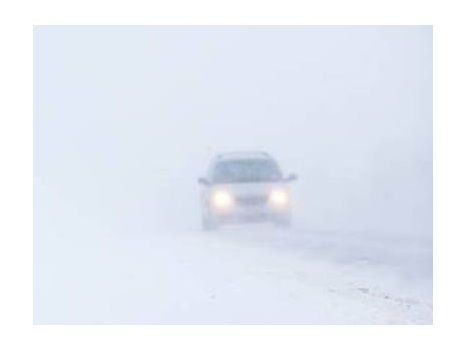New Analysis Shows Radio's Impact On Hard-to-Reach Audiences.
- Inside Audio Marketing

- Jun 13
- 3 min read

Media avoiders are the bane of ad planners, but it turns out there is an easy fix to the problem, according to a new analysis of Nielsen Scarborough data. It finds that AM/FM radio is the best way to reach the hard-to-get consumers who are most likely to spend little time watching television or online. The number crunching by Katz Radio Group finds that this holds true regardless of age or racial demographic.
The analysis begins with how many people are light users of television and the internet. While people working in radio assume everyone is wired to media 24 hours a day, the data shows that is far from the case. Nielsen Scarborough data shows that four in ten Americans age 18 and older are classified as “light users” with the least exposure to advertisements on either TV or the web.
“Radio fills that gap for brands, delivering nine in ten of the light internet and TV users, offering incremental reach and new ways to engage,” says Katz. The Scarborough data shows that among people who report being light internet users, 90% are reached by broadcast radio. And among those who watch little television, 87% are reached by radio.

Katz’s analysis shows there are some differences in media habits among Americans of different age groups. However, the common thread among them all is that radio picks up the slack for TV and digital reach.
Young adults ages 18 to 34 are the most digitally connected, unsurprisingly. But the shocker is that one in three people in that age group are classified by Scarborough as “light” internet users. Yet radio still reaches a large number of these media avoiders, with 84% reached by AM/FM radio. The biggest number of light TV viewers also falls into this age group with more than six in ten (62%) reporting they don’t watch much ad-supported television. Some of that is the lifestyle of young adults, while changing media habits are also a factor. Even so, AM/FM radio still has inroads with this segment. Scarborough says 81% of light TV viewers are listeners of broadcast radio.
Among the older age demos, the number who are classified as light internet users climbs higher, while those characterized as light television viewers shrink. But the good news for advertisers trying to reach these consumers is that it gets even easier—on the radio. Up to 92% of these Americans are reachable by radio.

The Katz report finds that no demo is harder to reach on the web than Black consumers, as Scarborough data finds more than half (51%) fall into the light internet user category. But AM/FM has traditionally been among the strongest media channels in the African American community, and as a result, 92% of those light web users are reachable via broadcast radio.

Hispanics are similarly among radio’s best customers, and as a result, AM/FM also makes up the reach gap in the Latino community. That is especially important for advertisers, since Hispanics skew younger than Americans overall, which means they are far more likely not to spend much time with television. Scarborough says nearly half (48%) of Hispanic adults are light TV users, while 89% listen to AM/FM radio.
Hispanic adults are just as likely to be light internet users, and radio’s reach there is even stronger. Scarborough says 91% of Hispanic adults who don’t spend much time online listen to AM/FM radio.

Katz Radio Group doesn’t suggest that marketers pull all of the dollars out of television or digital advertising, but its analysis says that the data shows it is a smart move to include AM/FM to complement TV and digital campaigns and fill the reach gap.
“Radio’s ‘anywhere and everywhere’ nature helps brands overcome gaps in messaging opportunities that arise due to the constraints of other media,” Katz says in a blog post. “Consumers can easily listen in places, such as the car or at work, during activities where and when TV and internet usage is just not feasible. Radio is a powerful asset for campaigns, adding incremental reach and offering new moments of engagement.”




Comments